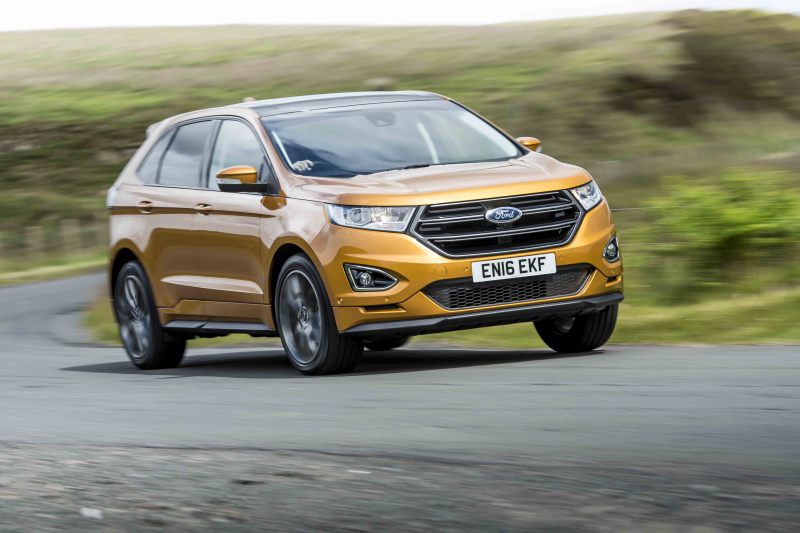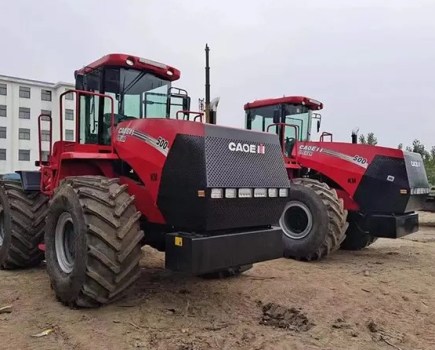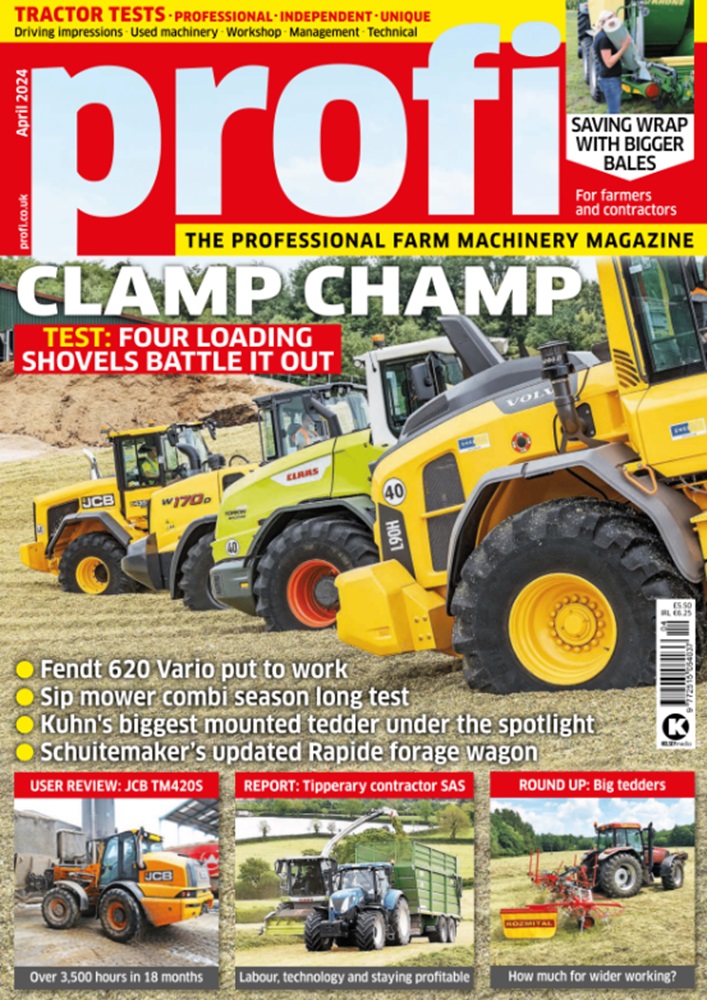Remember the Ford Explorer from the tail end of the previous century? That was the last time Ford was active in the UK’s mid-/large-size SUV sector. Yup, ancient history … and a history that we suspect many previous Explorer owners may prefer to forget. Now, though, the brand is back in the shape of the intriguingly named Edge, a full-time five-seat 4×4 tasked with taking on the likes of the BMW X3, Audi Q5 and possibly even having a nibble at Land Rover’s big-selling Freelander replacement, the Discovery Sport. Lofty aspirations, indeed. So, why launch the Edge now? That’s easy. Bottom line is that Ford has been missing out in the UK on an SUV sector that grew by a staggering 25% from 2014 to 2015, up to 641,194 vehicles, and there is no obvious sign of any imminent trend tail-off. Admittedly the brand is already in this market with its Kuga and even more diminutive Ecosport, yet there’s a gaping hole at the top end of the offering, a void that the new Edge is destined to fill. Indeed it could be argued that, to take full advantage of the buoyant SUV sector, Ford needs to go bigger still with a rival to challenge the BMW X5 and Audi Q7. There’s not even a hint of anything of that ilk in Ford’s foreseeable … but ‘never say never’. For now, then, it’s the Edge that occupies top slot in the firm’s SUV family. Manufactured at Ford’s Oakville plant, Canada, the 4×4 is based on the Mondeo chassis and, to give an idea of size, it measures a fraction longer than the VW Touareg. This brings ample rear seat legroom and load space area, along with a certain presence out on the road. When it comes to picking a particular model, Ford has opted to keep the selection process relatively simple. Entry level is Zetec (from £29,995), followed by Titanium (from £32,245) and topped off with Sport (from £34,495), with all variants except the Zetec also available with a £2,000 Lux pack (upgraded interior trim, power climate front seats, heated rear seats, panoramic roof). Of these family members, Ford estimates only 2% of buyers will plump for Zetec, whereas Titanium and Sport sales should be evenly split. Driveline choice is similarly straightforward: the six-speed manual pairs with a 180PS 2.0-litre TDCi diesel (single turbo), the six-speed auto with a 210PS 2.0-litre TDCi diesel (twin turbo) — and that’s your lot. No mixing and matching, here. A problem? Not really, because despite giving away 30PS to the auto, the manual 180PS seems equally sprightly and doesn’t lose out on towing capacity, either: unbraked rating is 2.2t in both. Fuel consumption on the combined cycle is identical — 48.7mpg on 19in wheels — so it really is a matter of simply deciding whether you prefer life with an auto or manual. And, of course, whether you’re prepared to pay the £2,200 (Titanium)/£2,300 (Sport) price premium for stick-less gear changes. According to Ford, 60% of buyers will take the 210PS/auto route. Inside, the Edge has a distinctly European feel, which will come as a relief to those concerned that North American build, by default, equates to sofa-like seats, cheap plastics and questionable quality trim. None of it. In reality the Edge supplies firm chairs, a decent dash and panel finish, and the complete range of Ford control and entertainment goodies — in fact, everything you’d expect to enjoy in modern European 4×4 accommodation. One little word of warning to loftier occupants, though: you might want to avoid the rear seats in Edges with the Lux pack, as the panoramic roof seriously impinges on rear headroom. In terms of UK numbers, Ford reckons it will sell 5,000-6,000 Edge units in Year One, with the first models already in UK dealer showrooms. Warranty is the standard Ford 60,000-mile/three-year package, and initial indications are that residual values should be relatively strong. Watch out for a future Edge drive in the magazine.
Living in the Edge

Remember the Ford Explorer from the tail end of the previous century? That was the last time Ford was active in the UK’s mid-/large-size SUV sector. Yup, ancient history … and a history that we suspect many previous Explorer owners may prefer to forget. Now, though, the brand is back in the shape of the intriguingly […]















